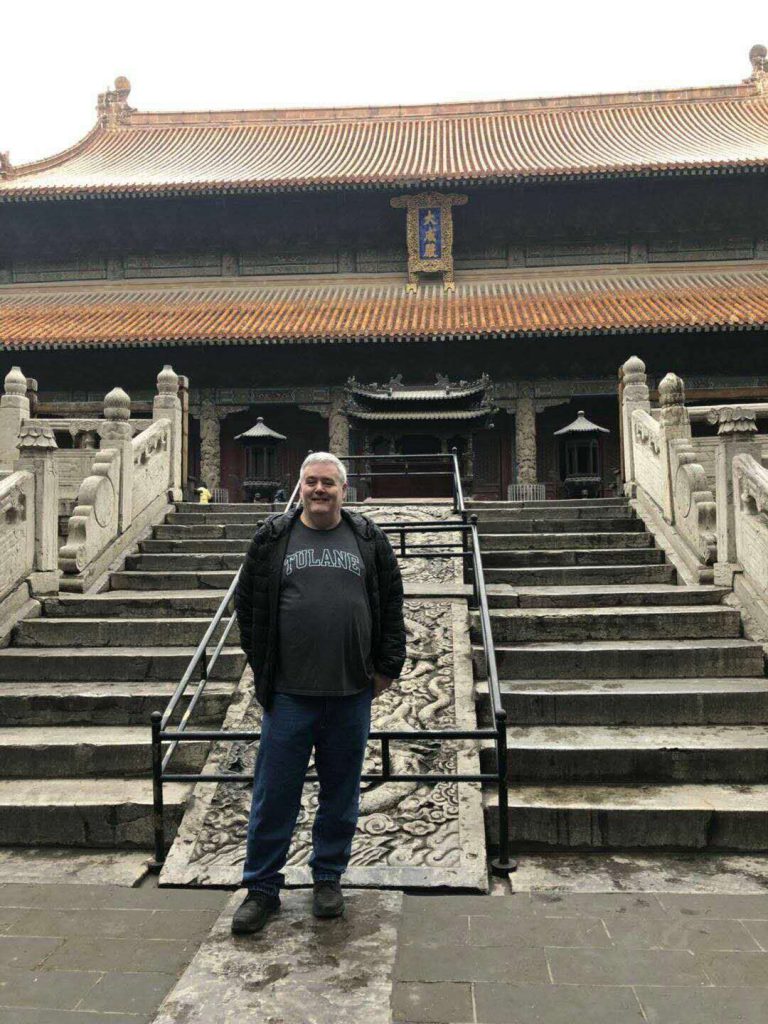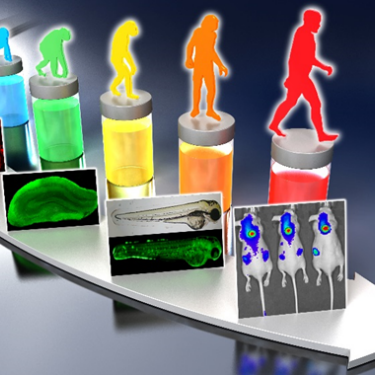Fluorescent Chemosensors and Imaging Agents

Department of Chemistry, University of Bath, Bath BA2 7AY UK
t.d.james@bath.ac.uk; www.chemosensors.com
Current research interests include: Supramolecular Chemistry; Molecular Recognition; Fluorescent Sensor Design; Fluorescence Imaging and Theranostic Systems; Chiral Recognition; Saccharide Recognition; Anion Recognition; Sensors for Reactive Oxygen Species (ROS).
TDJ has wide-ranging experience within the field of supramolecular chemistry having published over 277 publications, including two books, 9 book chapters and 266 papers in international peer reviewed journals. He is also the named inventor on 25 international patents. He has delivered 227 invited lectures within the UK and internationally. Citation statistics indicate that one of his publications has been cited over 700 times, two over 500, four over 300, fifteen over 200 times, twenty-nine over 100, and 75 over 50, with a total of >13,310 citations at a frequency of >50 citations per article. He has an h-index of 63 (Researcher ID B-5125-2009, November 2018).
The ability to monitor analytes within physiological, environmental and industrial scenarios is of prime importance. Given that recognition events occur on a molecular level, gathering and processing the information poses a fundamental challenge. Therefore, robust chemical molecular sensors “chemosensors” with the capacity to detect chosen molecules selectively and signal this presence continue to attract considerable attention. This presentation will concentrate on fluorescent probes developed using boronic acids for diols, anions and reactive oxygen/nitrogen species (ROS/RNS). The aim of the research is to mimic nature’s level of sophistication in designing and producing chemosensors capable of determining the concentration (and location) of a target species including: saccharides, glycated proteins, anions and reactive oxygen/nitrogen species (ROS/RNS) in any medium.








